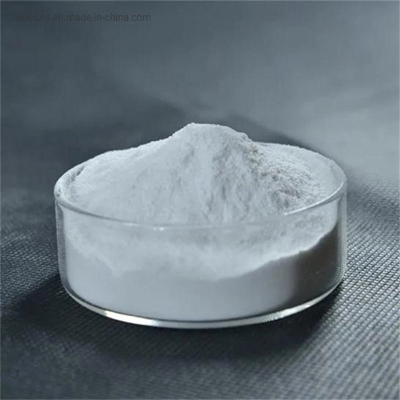Inhibition of sweetness activity by gymniac
-
Last Update: 2020-04-03
-
Source: Internet
-
Author: User
Search more information of high quality chemicals, good prices and reliable suppliers, visit
www.echemi.com
2015-08-11 classification: efficacy effect: 0 people commented that Gymnema sylvestris acid can cause taste loss, which may be through blocking sweet receptors on the surface of taste cells to inhibit sweet response Chewing the leaves of the forest spoon plant can destroy the sweetness of sugar The sugar in the mouth is like gravel, but it dissolves slowly, so it can't feel its sweetness, so it is called "the destroyer of sugar" In 1967, stoeklin et al Found that the roots of this plant showed the same properties It was also reported that the extract of Gymnema sylvestris can slightly inhibit the bitter taste, but it was later found that it was caused by the cross adaptability of the bitter taste of the leaves themselves Imato et al Reported in 1991 that a polypeptide composed of 35 amino acid residues was isolated from Gymnema sylvestris It has a strong ability to inhibit sweetness Even at a dose of 1.2 x 10 "mol / L, it can make mice feel no sweetness However, this substance has selective inhibition, strong inhibition on mice, and almost no effect on humans Gurmarin, a peptide isolated from the leaves of Gymnema sylvestris, can also inhibit the sweet response of rats and mice to sucrose In addition, Yoshikawa et al Also isolated the damatane type saponins from Gymnema sylvestris, but found that these saponins did not inhibit the activity of sweetness Since the 1880s, the sweetness inhibition characteristics of Gymnema sylvestre have been widely tested in humans The results showed that the active components of the plant could not only inhibit the sweetness of sucrose, but also the sweetness of saccharin sodium, cyclamate, glycine, D, L-Alanine, D-TRYPTOPHAN, D-leucine, beryllium chloride and lead acetate, but had no effect on chloroform In addition, it can inhibit the sweet taste of citric acid when it meets kiwi fruit Animal experiments showed that the active components of this plant can also inhibit the reaction of housefly to sugar and the taste of physiological nerves The same effect was observed in some n $- fl animals including dogs, hamsters and rats However, this sweet inhibition was not shown in rabbits, pigs and 22 primates, including chimpanzees, chimpanzees and gorillas close to humans Many theories have been put forward on the mechanism of the inhibition of sweetness by gymniac, but there is no conclusion In 1969, Warren et al And yakkzan both proposed that the action site of the forest spoondric acid should be the surface of the sweetness receptor, because if the sweetness receptor is treated by chemical or physical methods, its sensitivity to sweetness will decline According to dzendolet, it is necessary to remove a proton from the receptor to feel sweet, and the forest spoon acid will compete to seize the sweet receptor position to prevent the removal of the proton, so that once people eat forest spoon acid, they will not feel sweet temporarily In 1973, Koch et al Found that Gymnema sylvestris had an inhibitory effect on the adenosine triphosphatase system of the brain and labial flap of flies, and the same effect on the brain of fish Therefore, they believe that part of the adenosine triphosphatase (ATPase) system is important for sweet taste recognition In the same year, Dateo and long proposed an allosteric model of chemoreception, which suggested that there was macromolecular chelation between cell membrane protein receptor and gymniac In 1974, after Cagan carried out experiments on the forest spoon acid, it was thought that the forest spoon acid did not inhibit the binding of sweet molecules and sweet receptors, but played a further role after their binding 1980, de Simone et al Reported that the forest spoondric acid is a kind of highly effective surfactant, which can act on taste receptors at the plasma membrane level, and its effect on similar species is different, probably due to the fine between species, but meiselman and Halpern thought that the effect of forest spoondric acid is based on the competitive inhibition mechanism, and they found that in various stimulation, inhibition effect The fruit will change with the concentration of gymniac.
This article is an English version of an article which is originally in the Chinese language on echemi.com and is provided for information purposes only.
This website makes no representation or warranty of any kind, either expressed or implied, as to the accuracy, completeness ownership or reliability of
the article or any translations thereof. If you have any concerns or complaints relating to the article, please send an email, providing a detailed
description of the concern or complaint, to
service@echemi.com. A staff member will contact you within 5 working days. Once verified, infringing content
will be removed immediately.







